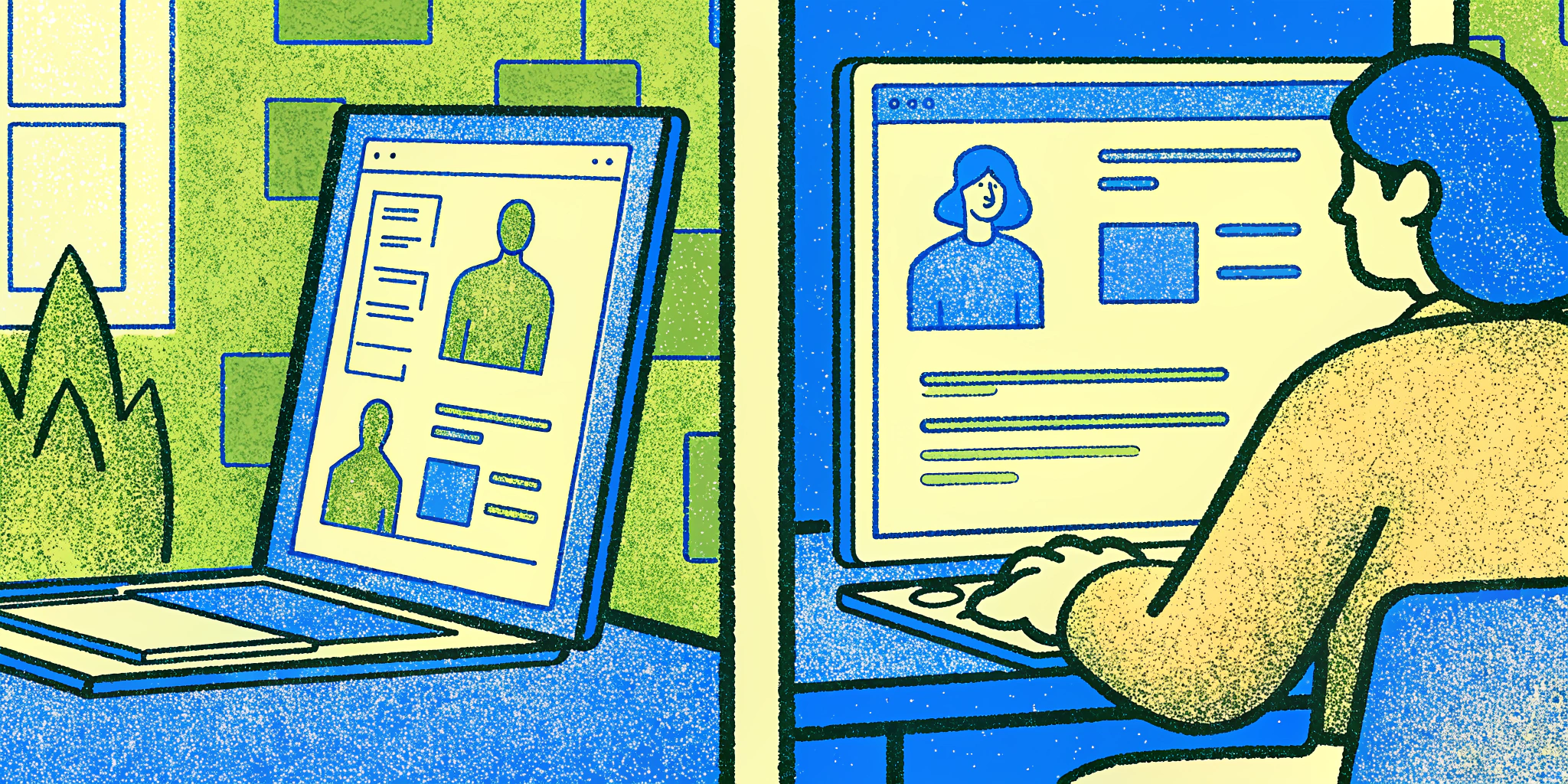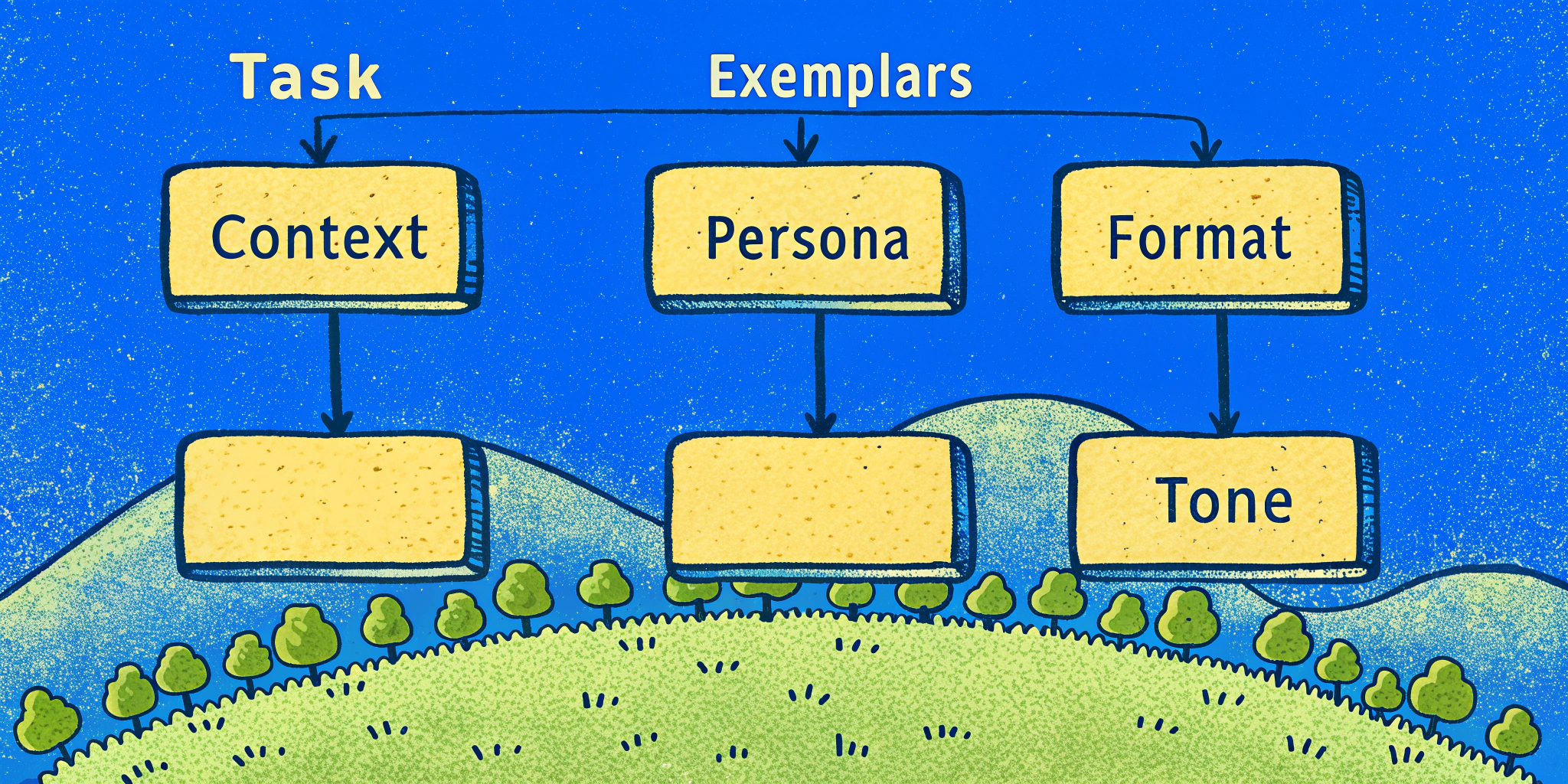Welcome to the ultimate guide on how to effectively use AI tools like ChatGPT, Google Bard, and Ninjafy AI to enhance your interview preparation. Hey there, I’m Alex, a senior product manager with a passion for leveraging technology to solve everyday problems. A few months ago, I struggled with preparing for interviews and wondered, “Why are some AI-generated answers so generic, while others feel like they’re tailored to my exact needs?” Since then, I’ve spent hundreds of hours studying prompt engineering and experimenting with AI tools to crack the code of effective AI-assisted interview prep.
In this post, I’m sharing 10 actionable steps to help you master practice interview AI chatbots. Whether you’re gearing up for a mock interview or looking to ace a real one, these strategies will provide you with practical insights, real-world examples, and the confidence to tackle even the toughest interview questions.
1. Why Practice Interview AI Chatbots Are Game-Changers
AI chatbots like ChatGPT, Google Bard, and Ninjafy AI are revolutionizing the way we prepare for interviews. Instead of relying solely on traditional methods like flashcards or coaching sessions, these tools offer real-time, personalized feedback.
For instance, did you know that Ninjafy AI has helped over 441,000 users secure their dream jobs? With features like InvisibleEyetrack™ to ensure confident eye contact and industry-specific AI models, it’s easier than ever to practice and polish your responses.
2. The Core Formula for Effective AI Prompts
If you’ve ever received vague or irrelevant answers from an AI tool, chances are your prompt was missing key elements. Here’s a six-component formula to craft high-quality prompts:
a. Task
Always start your prompt with a clear action verb like “generate,” “analyze,” or “rewrite.” Your task defines the AI’s primary goal.
Example:
Task: “Generate a STAR-method response to the interview question: ‘What’s your biggest weakness?’”
b. Context
Provide details about your background, goals, or constraints. Ask yourself:
- What’s the user’s background?
- What does success look like?
- What environment are they in?
Example:
“I’m a software engineer with 5 years of experience applying for a senior developer role. I want to highlight my technical skills and leadership experience.”
c. Exemplars
Examples improve the AI’s output quality significantly. Use frameworks like STAR (Situation, Task, Action, Result) or provide a sample structure.
Example:
“Rewrite this resume bullet: Reduced downtime by 20% through automation, resulting in $100K annual savings.”
d. Persona
Think of the ideal advisor or expert for your task. AI personas can be tailored to mimic specific roles, from a recruiter to a hiring manager.
Example:
“Answer as a senior recruiter for a top consulting firm.”
e. Format
Visualize the output format—whether it’s bullet points, a table, or paragraphs.
Example:
“Summarize the feedback in a table with columns for priority, team responsible, and key insights.”
f. Tone
Specify the tone you want, such as casual, professional, or enthusiastic.
Example:
“Write in a confident yet approachable tone.”
3. Common Pitfalls to Avoid
While AI tools are incredibly powerful, there are some common mistakes users make:
- Overloading Context: Too much detail can confuse the AI. Stick to relevant information.
- Skipping Exemplars: Examples provide clarity and structure.
- Ignoring Format: A clear format saves editing time.
4. Real-World Examples of Winning Prompts
Here are some examples that demonstrate the difference between a generic prompt and a well-crafted one:
| Scenario | Generic Prompt | Effective Prompt |
|---|---|---|
| Writing a STAR response | “Answer: What’s your biggest weakness?” | “Generate a STAR-method response for the question: ‘What’s your biggest weakness?’ Use a confident yet reflective tone.” |
| Summarizing user feedback | “Summarize this feedback.” | “Summarize the feedback in a table with columns for ‘Original Feedback,’ ‘Team Responsible,’ and ‘Priority Level.’” |
| Drafting an email to a recruiter | “Write a follow-up email.” | “Write a follow-up email to a recruiter. Use a professional tone and include a brief recap of our conversation.” |
5. How Ninjafy AI Takes Interview Prep to the Next Level
Unlike generic chatbots, Ninjafy AI is built specifically for interviews. Here’s how it stands out:
| Feature | Description | Benefit |
|---|---|---|
| NinjaCopilot™ | Real-time, undetectable AI assistance during live interviews. | Boosts confidence and ensures seamless responses. |
| InvisibleEyetrack™ | Keeps your gaze steady for natural eye contact. | Avoids appearing distracted, a common giveaway when using AI tools. |
| Industry Brain | Tailored AI models for specific industries, from tech to consulting. | Provides highly relevant answers and frameworks. |
| Personal Model | Trained on your resume and career journey. | Ensures every answer is authentic and personalized. |
Pro Tip: I used Ninjafy AI during a mock interview for a product manager role. The personalized feedback and real-time suggestions were a game-changer. You can try it out for free here.
Conclusion: Your AI-Assisted Career Breakthrough
Mastering practice interview AI chatbots isn’t just about learning how to use tools like ChatGPT or Google Bard. It’s about leveraging specialized platforms like Ninjafy AI to gain a competitive edge. By following the six-component formula for effective prompts and avoiding common pitfalls, you can unlock your full potential and secure your dream job.
Remember, the future of interviews is here, and AI is your co-pilot. So why not take the leap and let technology guide you to success?




